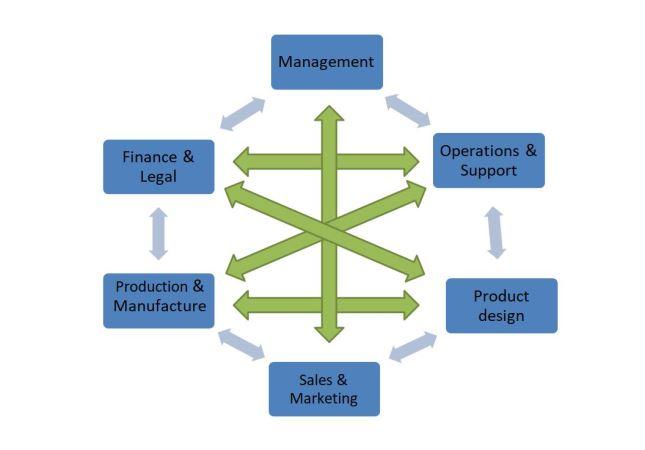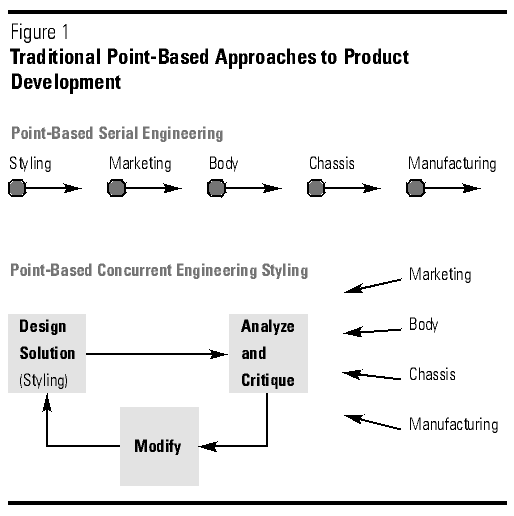Concurrent Engineering Best Practices
Concurrent Engineering Definition


How Toyota’s product design and development process helps find the best solutions and develop successful products. Advertisement Toyota Motor Corporation is an industry leader in product development lead time while using fewer engineers than its U.S.
Enter concurrent engineering. As a best-practice, concurrent engineering is an absolutely necessary requirement for preparation of new product introductions and engineering releases to manufacturing operations.
It has also shown remarkable consistency in market share growth and profit per vehicle, which led to cash reserves of $21 billion, exceeding those of the “Big Three” automakers combined. The Toyota Production System (TPS), dubbed “lean manufacturing,” has been critical in these accomplishments, but we believe that Toyota’s product design and development system is also an important contributor. While Taiichi Ohno and others have meticulously described the TPS, the Toyota development system has not been well documented. Indeed, Toyota does not use many of the practices often considered critical to successful concurrent engineering and associated with Japanese manufacturers. Its development teams are not colocated. Personnel, with the exception of the chief engineer and his staff, are not dedicated to one vehicle program. Cross-functional job rotation is unusual for the first ten to twenty years of an engineer’s career.
Best Practices In Education
Engineering and test functions rarely use quality function deployment (QFD) and Taguchi methods. Toyota excels at value engineering (VE) and value analysis (VA), yet Toyota engineers say they do not use any of the text-book tools and matrices for VE or VA. And there is nothing remarkable about Toyota’s CAD or CAE systems. These practices, then, do not explain Toyota’s effectiveness in developing new vehicles.